Home>Interior Design>Colin King Presents How Beautifully Arranged Objects Can Enrich Our Spaces
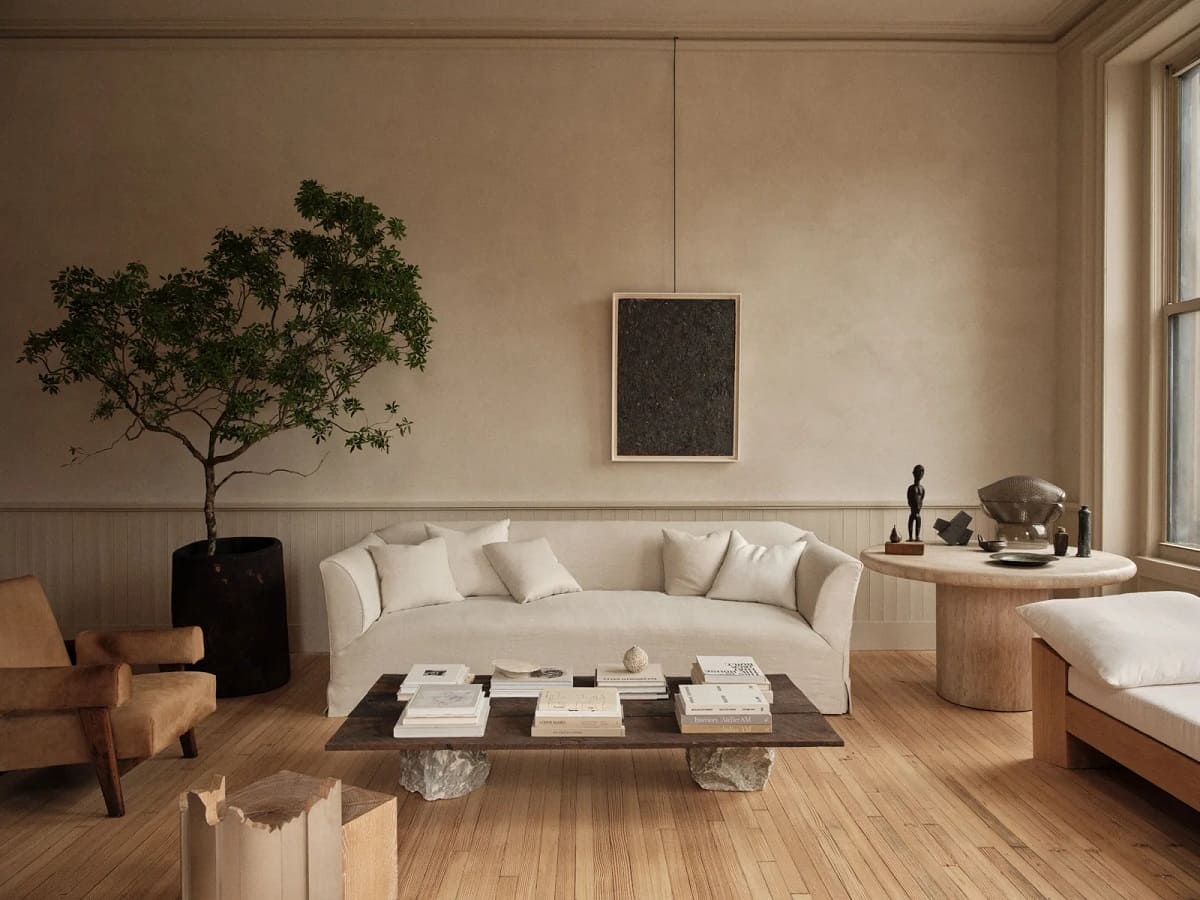

Interior Design
Colin King Presents How Beautifully Arranged Objects Can Enrich Our Spaces
Modified: August 17, 2024
Discover the power of interior design as Colin King showcases the transformative impact of beautifully arranged objects on our living spaces. Enhance your home with his expert tips and inspiration.
(Many of the links in this article redirect to a specific reviewed product. Your purchase of these products through affiliate links helps to generate commission for Storables.com, at no extra cost. Learn more)
Introduction
When it comes to interior design, it’s not just about furniture, paint colors, and fabrics. The way objects are arranged in a space can have a profound impact on its overall aesthetic and atmosphere. From beautifully styled shelves to carefully curated tabletops, the arrangement of objects can transform a room from ordinary to extraordinary.
Object arrangement is an art form that requires an understanding of balance, scale, color, and composition. It involves selecting and positioning objects in a way that not only enhances the visual appeal of a space but also communicates a sense of personality and style.
In this article, we will explore the importance of object arrangement in interior design and delve into the principles that guide its execution. We will also discuss how object placement can enhance the visual appeal of a space, create balance and harmony, maximize functionality, and express personal style. Additionally, we will explore the use of objects to create focal points and points of interest, as well as the incorporation of natural elements in object arrangement. Lastly, we will touch upon the psychological impact that object arrangement can have on our well-being.
By the end of this article, you’ll have a deeper appreciation for the art of object arrangement and the impact it can have on creating beautiful, functional, and personalized spaces.
Key Takeaways:
- Beautifully arranged objects can transform a space, creating visual interest, balance, and functionality. Strategic placement enhances the atmosphere and reflects personal style, making a room extraordinary.
- Object arrangement goes beyond aesthetics, impacting emotions and well-being. From reducing stress to promoting identity and control, thoughtful placement creates spaces that nurture and inspire.
Read more: How To Arrange Bed Pillows On King Bed
The Importance of Object Arrangement in Spaces
Object arrangement plays a crucial role in interior design as it has the power to transform a space from mundane to captivating. It is not just about randomly placing objects, but rather a deliberate and thoughtful process that can greatly influence the overall look and feel of a room.
One of the main reasons object arrangement is important is because it helps to create visual interest and focal points. By strategically placing objects of varying sizes, shapes, and colors, you can guide the eye and draw attention to specific areas in the room. This allows for a more dynamic and engaging space, capturing the attention of those who enter.
Furthermore, object arrangement can also help to create a sense of balance and harmony. By distributing objects evenly throughout the space, you can achieve a visually pleasing composition. This is particularly important in rooms with asymmetrical features, as proper object arrangement can help to offset any visual imbalances and create a more harmonious environment.
In addition to aesthetics, object arrangement also plays a functional role in interior design. It allows for efficient use of space and ensures that objects are easily accessible and organized. Whether it’s arranging books on a shelf based on topic or organizing kitchen utensils for easy reach, object placement can greatly enhance the functionality of a room.
Moreover, object arrangement is a powerful tool for expressing personal style and adding a personal touch to a space. Whether it’s displaying curated collectibles, showcasing cherished family heirlooms, or incorporating unique statement pieces, object arrangement allows individuals to showcase their personality and create a space that is uniquely their own.
Overall, the importance of object arrangement in interior design cannot be overstated. It is not just about creating visually pleasing compositions, but also about optimizing functionality and expressing personal style. So, the next time you step into a room, take a moment to appreciate the thought and care that went into arranging the objects within it.
Principles of Beautiful Object Arrangement
When it comes to arranging objects in a space, there are certain principles that can guide and enhance the process. These principles help to create visually appealing compositions and bring harmony to the overall design. Let’s explore some of the key principles of beautiful object arrangement:
- Balance: Achieving balance is essential in object arrangement. There are two types of balance to consider: symmetrical and asymmetrical. Symmetrical balance involves arranging objects in an even and identical manner on both sides of a central axis. Asymmetrical balance, on the other hand, involves arranging objects of different sizes, shapes, and colors in a way that visually balances the composition. Both types of balance can create a sense of harmony and stability in a space.
- Scale and Proportion: Paying attention to scale and proportion is crucial in object arrangement. Objects that are too large or too small in relation to the surrounding elements can create a visual imbalance. Consider the size of the objects in comparison to the furniture and the overall size of the room. Ensuring that the objects are proportionate to their surroundings will help create a cohesive and visually pleasing arrangement.
- Color and Contrast: Color plays a significant role in object arrangement. Choose objects with colors that complement the overall color scheme of the room. Consider using contrasting colors to create visual interest and make certain objects stand out. The arrangement of objects with different colors can add depth and dimension to the space.
- Composition: Composition refers to how objects are positioned in relation to each other. There are various composition techniques, such as grouping objects based on similarity or creating a focal point. Consider the visual flow and hierarchy of the arrangement. Experiment with different layouts and angles to find the most visually pleasing composition.
- Texture and Material: Introducing a variety of textures and materials can add richness and depth to an object arrangement. Combine objects with different textures, such as smooth, rough, glossy, or matte surfaces, to create visual interest. Mixing materials, such as wood, metal, glass, or fabric, can also add visual appeal to the arrangement.
- Negative Space: Negative space, also known as empty space, plays an important role in object arrangement. Leaving some areas empty or with minimal objects can create a sense of balance, highlight key objects, and allow the eye to rest. It’s important to strike a balance between filling the space and leaving room for negative space.
By utilizing these principles, you can create beautiful and visually appealing object arrangements that enhance the overall design of a space. Remember to experiment, trust your instincts, and have fun with the process of arranging objects to create a space that reflects your personal style and brings joy to those who enter.
Enhancing Visual Appeal through Object Placement
Object placement is a key element in interior design as it can greatly enhance the visual appeal of a space. The strategic positioning of objects can create focal points, add depth and dimension, and bring balance and harmony to the overall design. Let’s explore some tips for enhancing visual appeal through object placement:
- Create Focal Points: A focal point is a visually dominant element that immediately draws attention. By strategically placing objects of interest, such as artwork, sculptures, or statement pieces, you can create focal points in a room. This helps to create visual interest and provides a point of focus for the eye.
- Consider the Room’s Function: The placement of objects should consider the room’s function and flow. Arrange objects to enhance the usability of the space. For example, in a living room, position objects like coffee tables and side tables within easy reach of seating areas. In a kitchen, place frequently used items like utensils and spices within arm’s reach of the cooking area.
- Vary Heights and Sizes: Adding variation in the heights and sizes of objects brings visual interest to the arrangement. For example, display books stacked horizontally and vertically on a bookshelf or combine tall and short vases on a mantel. This play of heights creates visual dynamism and avoids a monotonous arrangement.
- Group Objects: Consider grouping objects together based on their theme, color, or shape. Grouping similar objects creates a sense of cohesion and allows for a more impactful display. For example, group a collection of ceramics or display a cluster of picture frames on a wall.
- Consider Lines and Angles: Pay attention to the lines and angles created by object placement. Diagonal lines can add a sense of movement, while vertical lines can create height and sophistication. Angled placements can add visual interest and break the monotony of straight lines.
- Utilize Empty Spaces: Don’t be afraid of leaving empty spaces. Negative space allows objects to stand out and gives the eyes room to rest. Empty spaces can help create a sense of balance and prevent overcrowding.
Remember, the key to enhancing visual appeal through object placement is to consider the overall design style, the room’s function, and the desired atmosphere. Experiment with different placements, step back, and assess the arrangement from different angles to ensure a visually pleasing result. By carefully curating and placing objects, you can transform a space into a visually stunning and inviting environment.
Creating Balance and Harmony with Object Arrangement
Creating balance and harmony is essential when arranging objects in a space. It ensures that the arrangement feels visually pleasing and cohesive. By considering the principles of balance, scale, color, and composition, you can create a harmonious and balanced object arrangement. Let’s explore some tips for achieving balance and harmony:
- Symmetrical Balance: Symmetrical balance involves arranging objects in a way that mirrors each other. This creates a sense of equilibrium and stability. For example, you can place identical objects on either side of a mantel or flank a bed with matching nightstands.
- Asymmetrical Balance: Asymmetrical balance involves arranging objects of different sizes, shapes, and colors in a way that visually balances the composition. It can be achieved by distributing the visual weight of objects evenly throughout the space. For example, you can place a large, bold artwork on one side of a wall and balance it out with a grouping of smaller objects on the other side.
- Scale and Proportion: Pay attention to the scale and proportion of objects in relation to one another and the overall space. Objects that are too large or too small in comparison to their surroundings can disrupt the visual balance. Ensure that the objects have a proportional relationship with each other and the room. For example, a large sofa should be paired with appropriately sized side tables and lamps.
- Color Harmony: Consider the color palette of the objects and the surrounding space. Choose colors that complement each other to create a harmonious composition. You can opt for a monochromatic color scheme or select colors that are within the same color family. A well-coordinated color scheme brings unity and balance to the arrangement.
- Composition: The arrangement and placement of objects play a significant role in achieving balance and harmony. Consider the visual flow and hierarchy of the arrangement. Create a focal point using a larger or more visually captivating object and balance it out with smaller objects. Avoid overcrowding and leave enough negative space to allow the eye to rest.
- Repetition and Patterns: Utilize repetition and patterns to create a sense of rhythm and cohesion in the arrangement. For example, you can repeat a particular shape, color, or texture throughout the space. This repetition brings visual harmony and ties the arrangement together.
Remember, achieving balance and harmony in object arrangement is about finding the right visual equilibrium. It’s about creating a sense of stability, unity, and cohesion throughout the space. Experiment with different arrangements, step back, and assess the composition from different angles to ensure a balanced and harmonious result. By following these principles, you can create object arrangements that bring a sense of tranquility and beauty to any interior space.
Read more: How To Make Outdoor Christmas Presents
Maximizing Functionality with Object Placement
Object placement in interior design is not just about creating a visually pleasing arrangement, but also about maximizing functionality. A well thought out object placement can enhance the usability and efficiency of a space. Here are some tips for maximizing functionality with object placement:
- Consider the Room’s Purpose: Before placing objects, carefully consider the function and purpose of the room. Think about how you will be using the space and what objects you need to have readily accessible. For example, in a home office, place essential items such as pens, notebooks, and charging cables within arm’s reach of your desk.
- Create Zones: Divide the room into functional zones and place objects accordingly. This helps to establish clearly defined areas for specific activities. For example, in an open living space, create a conversation area with seating and a coffee table, and a separate reading nook with a cozy chair and a bookshelf.
- Organize and Declutter: Proper object placement can help to keep a space organized and clutter-free. Group similar objects together and assign specific locations for different items. Consider using storage solutions like baskets, bins, and shelves to keep things tidy. This not only enhances functionality but also creates a more visually appealing space.
- Accessibility: Ensure that frequently used objects are easily accessible. Place items you use daily or frequently at eye level or within arm’s reach. This eliminates the need for constant searching or unnecessary movement, making the space more efficient and user-friendly.
- Consider Traffic Flow: Take into account the traffic flow within the space when positioning objects. Ensure that pathways and doorways remain clear to facilitate easy movement. Avoid placing objects in high-traffic areas to prevent obstruction and accidents.
- Multi-purpose Furniture and Objects: Incorporate furniture and objects that serve multiple functions. For example, a storage ottoman can provide seating and serve as a hidden storage solution. This maximizes both functionality and space utilization.
By carefully considering the functionality of a space and strategically placing objects, you can create a more organized, efficient, and user-friendly environment. Take the time to assess your needs and layout the objects in a way that supports your daily activities. A well-planned object placement not only enhances functionality but also contributes to a more enjoyable and comfortable living experience.
When arranging objects in a space, consider balance, contrast, and scale to create visual interest. Group items in odd numbers and vary heights for a dynamic display.
Using Objects to Express Personal Style
One of the most exciting aspects of interior design is the opportunity to express your personal style and create a space that reflects your unique personality. Objects play a vital role in showcasing your individuality and interests. Here are some tips on using objects to express your personal style:
- Curate Meaningful Collections: Display objects that hold sentimental value or represent your passions and interests. Whether it’s a collection of vintage cameras, artwork from local artists, or handmade pottery, these objects add a personal touch and tell a story about who you are.
- Showcase Hobbies and Talents: If you have a hobby or talent you’re proud of, use objects to showcase it. For example, if you’re a musician, display your instruments or sheet music. If you’re a photographer, create a gallery wall with your favorite prints. This not only adds a personal touch but also serves as a conversation starter.
- Integrate Your Travel Treasures: If you love to travel, incorporate objects you’ve collected during your journeys. Display souvenirs, artwork, or cultural artifacts as decorative elements. Not only will this infuse your space with a sense of adventure, but it will also serve as a constant reminder of the places you’ve been.
- Embrace Your Color Palette: Select objects that align with your preferred color palette. This could be a specific color scheme or a mix of complementary colors. By coordinating the colors of your objects, you can create a cohesive and visually pleasing space that reflects your personal taste.
- Experiment with Unique Shapes and Textures: Incorporate objects with interesting shapes, textures, and materials to add visual and tactile interest. Consider incorporating items like textured pillows, sculptural objects, or woven baskets. This brings depth and character to your space while reflecting your personal style.
- Mix Old and New: Combine vintage or antique pieces with modern elements to create an eclectic and personalized aesthetic. This juxtaposition of different eras adds a unique charm and showcases your ability to blend styles. It also allows you to tell a story through the objects you choose to include.
Remember, the key to using objects to express your personal style is to choose items that resonate with you and make you feel at home. Your space should reflect your passions, experiences, and interests. Don’t be afraid to get creative and think outside the box when selecting objects. By infusing your personal style into your interior design, you can create a space that truly feels like yours.
Creating Focal Points and Points of Interest
In interior design, creating focal points and points of interest is essential for capturing attention and adding visual intrigue to a space. These areas act as focal points that draw the eye and make a statement. Here are some tips for creating focal points and points of interest:
- Use Artwork: Hanging a bold piece of artwork on a prominent wall can instantly create a focal point. Choose a piece that complements your style and captures attention. Its size, color, and subject matter should make a statement and serve as a conversation starter.
- Highlight Architectural Features: If your space has unique architectural features, emphasize them to create a focal point. For example, you can accentuate a fireplace by adding decorative elements, such as a mantel display or artwork above it. Highlighting architectural details adds depth and character to the space.
- Create Groupings: Arrange multiple objects together in a visually appealing way to create a focal point. Group similar objects, such as vases, candles, or sculptures, to create a cohesive display. This grouping draws attention and adds visual interest to the area.
- Play with Scale: Incorporate objects of different sizes to create visual impact. For example, place a large statement piece, such as an oversized vase or a floor-to-ceiling bookshelf, to command attention. Contrast it with smaller objects to add variety and create a sense of balance.
- Add Lighting: Incorporating lighting fixtures can draw attention to specific areas of the room. Use decorative pendant lights, chandeliers, or recessed lighting to highlight a focal point. You can also use accent lighting, such as spotlights or picture lights, to illuminate artwork or unique objects.
- Utilize Textures and Patterns: Incorporate textured or patterned elements in your focal point to make it stand out. This can be accomplished through textured wallpaper, patterned rugs, or decorative fabrics. The tactile and visual interest will immediately draw attention and create a point of interest.
Remember, creating focal points and points of interest in your space is about selecting and positioning objects to capture attention and add visual intrigue. It’s an opportunity to highlight the unique features and elements that make your space special. By incorporating these tips, you can create visually captivating areas that become the centerpieces of your interior design.
Incorporating Natural Elements in Object Arrangement
Incorporating natural elements into object arrangement is a wonderful way to bring the beauty of the outdoors into your interior spaces. Nature-inspired decor can add a sense of tranquility, warmth, and organic energy to any room. Here are some tips for incorporating natural elements in your object arrangement:
- Plants and Flowers: Bring the freshness and vibrancy of nature indoors by incorporating live plants and flowers into your object arrangement. Choose plants that thrive in the lighting conditions of your space and select flowers that complement your color scheme. Place them in decorative pots or vases to add visual interest.
- Natural Materials: Utilize natural materials such as wood, stone, rattan, jute, or woven fibers in your object arrangement. Incorporate wooden sculptures, stone coasters, rattan baskets, or woven wall hangings to add texture and depth to the space. These materials not only evoke a sense of nature but also bring an element of warmth and authenticity to the arrangement.
- Seashells and Driftwood: If you want to infuse a coastal or beachy vibe, consider incorporating seashells and pieces of driftwood into your object arrangement. Display them on shelves, in bowls, or as part of a centerpiece. These natural treasures add a touch of seaside charm and create a connection to the calming power of the ocean.
- Natural Textiles: Soften the space and add warmth by incorporating natural textiles in your object arrangement. Use linen or cotton tablecloths, throw blankets made from natural fibers, or woven rugs to bring a cozy and earthy feel to the room. These natural textiles contribute to a tactile and inviting atmosphere.
- Natural Light: Maximize natural light in your space to create a natural ambiance. Remove heavy curtains and let the sun’s rays filter in. Position objects, such as mirrors or prisms, to reflect and scatter the natural light throughout the room. Enhanced natural light brings a sense of openness and vitality to the arrangement.
- Nature-Inspired Art and Photography: Incorporate artwork or photography that depicts natural scenes or elements in your object arrangement. Choose pieces that showcase landscapes, botanical prints, or wildlife imagery. These visuals not only connect you to nature but also serve as a focal point, adding depth and visual interest.
Remember, incorporating natural elements in your object arrangement brings a sense of harmony, serenity, and connection with the outdoors. By integrating plants, natural materials, textiles, and other nature-inspired elements, you can create a balanced and organic environment that nourishes the senses and uplifts the spirit.
Read more: How To Enrich Clay Soil For Grass
The Psychological Impact of Object Arrangement
Object arrangement in interior design not only affects the visual appeal and functionality of a space, but it also has a psychological impact on our emotions and well-being. The way objects are arranged can influence our mood, mindset, and overall perception of a room. Here are some ways in which object arrangement can have a psychological impact:
- Clutter vs. Minimalism: The level of clutter or minimalism in an arrangement can significantly impact our mental state. A cluttered space can lead to feelings of stress, anxiety, and overwhelm. On the other hand, a minimalist arrangement with clean lines and uncluttered surfaces creates a sense of calm, simplicity, and clarity. Striking a balance between objects and space is essential for creating a harmonious and peaceful environment.
- Mood and Atmosphere: The arrangement of objects can help create a specific mood or atmosphere in a room. The use of color, texture, and lighting influences the overall ambience. For example, warm and earthy tones can create a cozy and inviting atmosphere, while cool tones can evoke a sense of serenity and tranquility. Consider the emotions and energy you want to evoke in a space and arrange objects accordingly.
- Personalization and Identity: The arrangement of objects allows us to express our personal style, interests, and identity. Surrounding ourselves with meaningful objects that reflect our values and passions enhances our sense of identity and self-expression. It creates a space that feels uniquely ours and contributes to a sense of belonging and comfort.
- Nature and Biophilia: Incorporating natural elements in object arrangement has a positive impact on our well-being. Research shows that being in contact with nature or nature-inspired elements reduces stress, improves mood, and increases productivity. Adding plants, natural materials, and other nature-related objects to our surroundings creates a connection with the outdoors and promotes a sense of calmness and groundedness.
- Order and Control: A well-organized and thoughtfully arranged space can give us a sense of order and control. When objects are arranged in a logical and systematic way, it reduces chaos and helps us feel more in control of our environment. This can contribute to a greater sense of ease, productivity, and mental balance.
- Comfort and Functionality: Object arrangement that maximizes functionality and comfort has a positive impact on our well-being. When objects are placed in a way that optimizes their use and accessibility, it enhances efficiency and reduces frustration. This promotes a sense of ease and satisfaction with our surroundings.
Overall, the psychological impact of object arrangement demonstrates the power of design to influence our emotions, mindset, and overall well-being. By considering the impact of objects on our psychological state, we can create spaces that promote harmony, comfort, and a positive experience for those who inhabit them.
Conclusion
Object arrangement is a fundamental aspect of interior design that goes beyond mere decoration. It has the power to transform a space, enhance its visual appeal, and impact our emotions and well-being. By carefully considering the principles of balance, scale, color, and composition, we can create beautiful and harmonious arrangements that reflect our personal style and elevate the atmosphere of a room.
Through strategic object placement, we can create focal points and points of interest that capture attention and add visual intrigue. By incorporating natural elements, we bring the beauty of the outdoors into our interiors, promoting a sense of tranquility and connection with nature. Through maximizing functionality, we ensure that our spaces are not only aesthetically pleasing but also practical and efficient.
The psychological impact of object arrangement highlights its profound influence on our emotions and well-being. From reducing stress and promoting a sense of calmness to enhancing our sense of identity and control, the arrangement of objects plays a significant role in shaping our experiences within a space.
In conclusion, object arrangement is an art form that requires a thoughtful and intentional approach. By recognizing its importance, understanding the principles involved, and infusing our personal style, we can create spaces that are not only visually stunning but also functional, expressive, and conducive to our well-being.
So, the next time you embark on an interior design project, take the time to carefully arrange objects in a way that reflects your personality, optimizes functionality, and creates a space that truly feels like home. The impact will be transformative, leaving you with a space that is not only beautiful but also deeply meaningful and inspiring.
Frequently Asked Questions about Colin King Presents How Beautifully Arranged Objects Can Enrich Our Spaces
Was this page helpful?
At Storables.com, we guarantee accurate and reliable information. Our content, validated by Expert Board Contributors, is crafted following stringent Editorial Policies. We're committed to providing you with well-researched, expert-backed insights for all your informational needs.
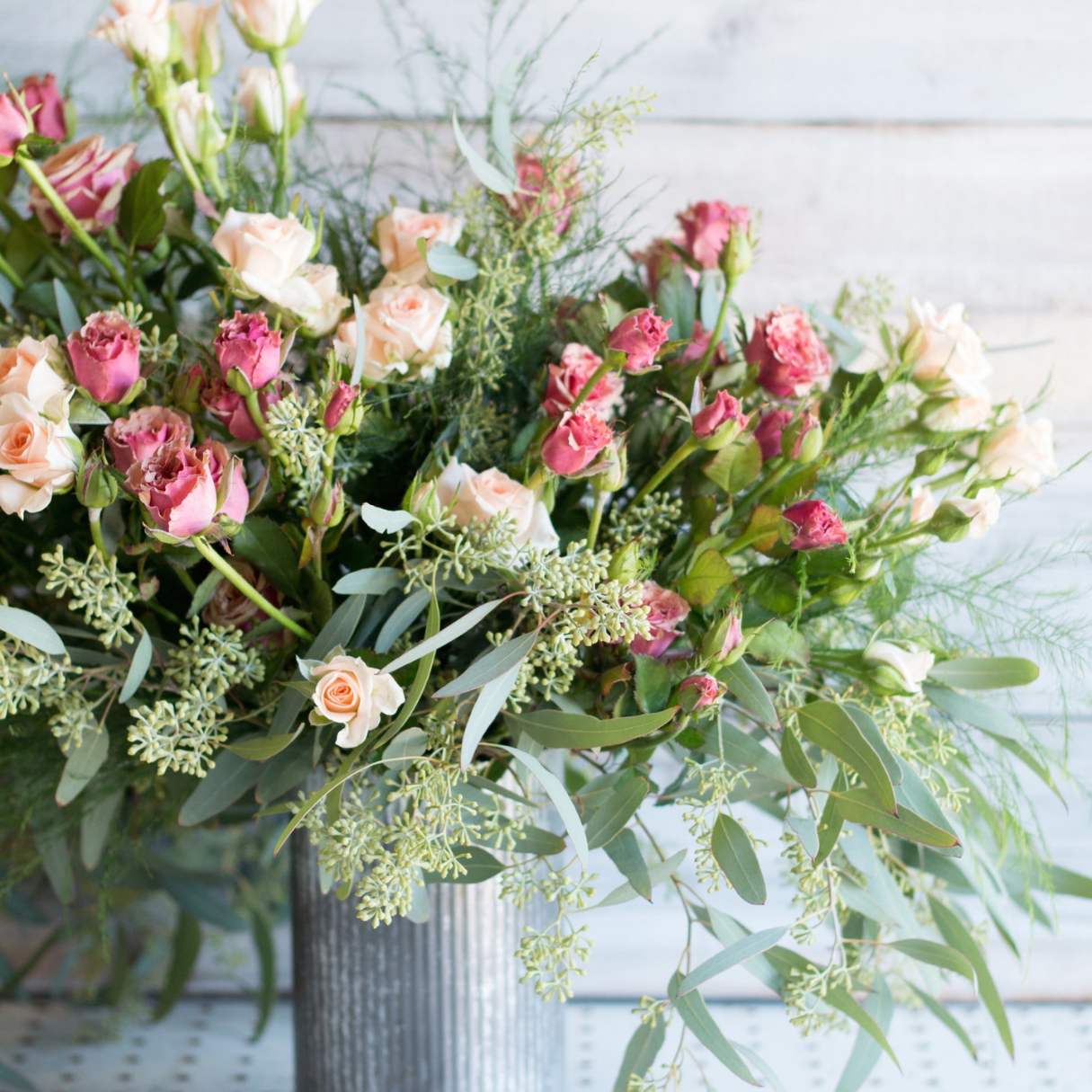
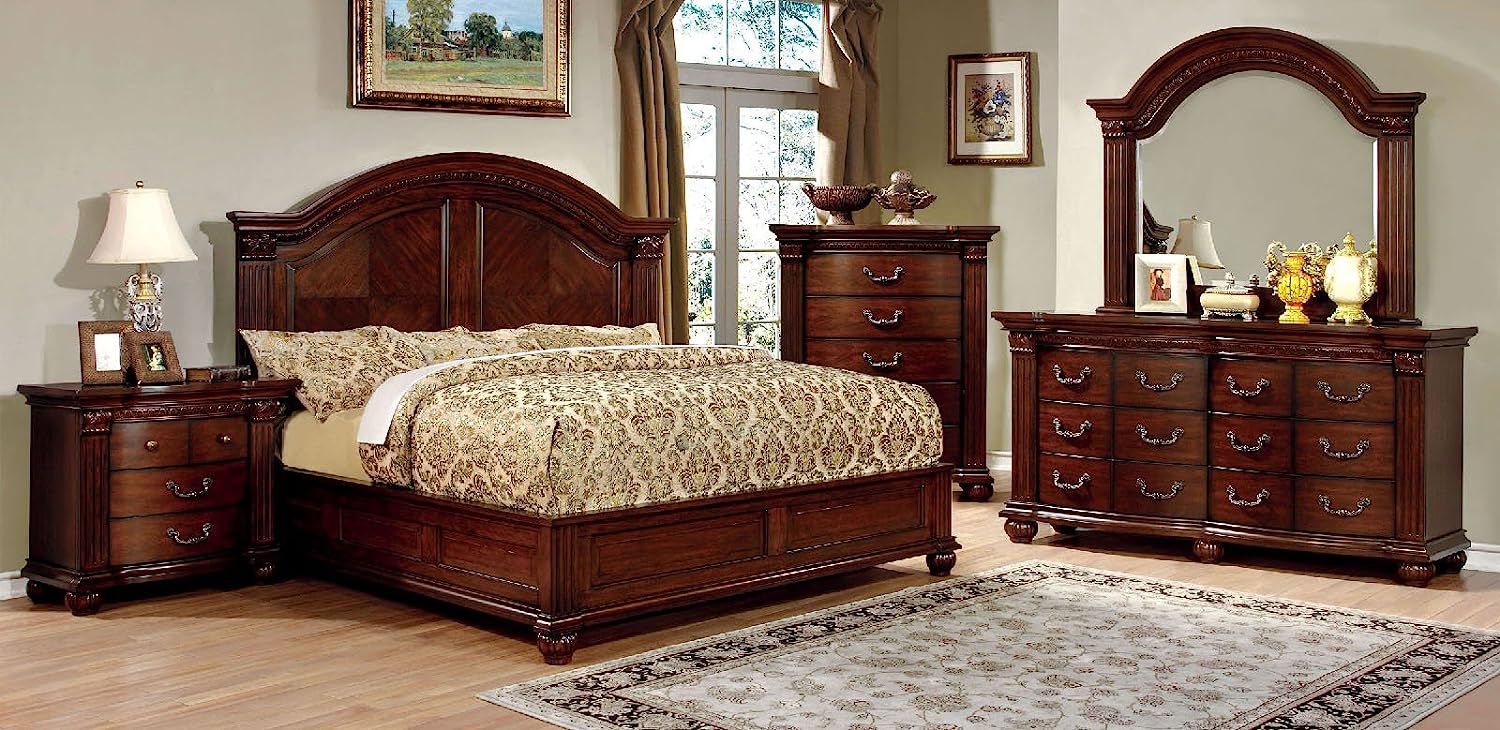
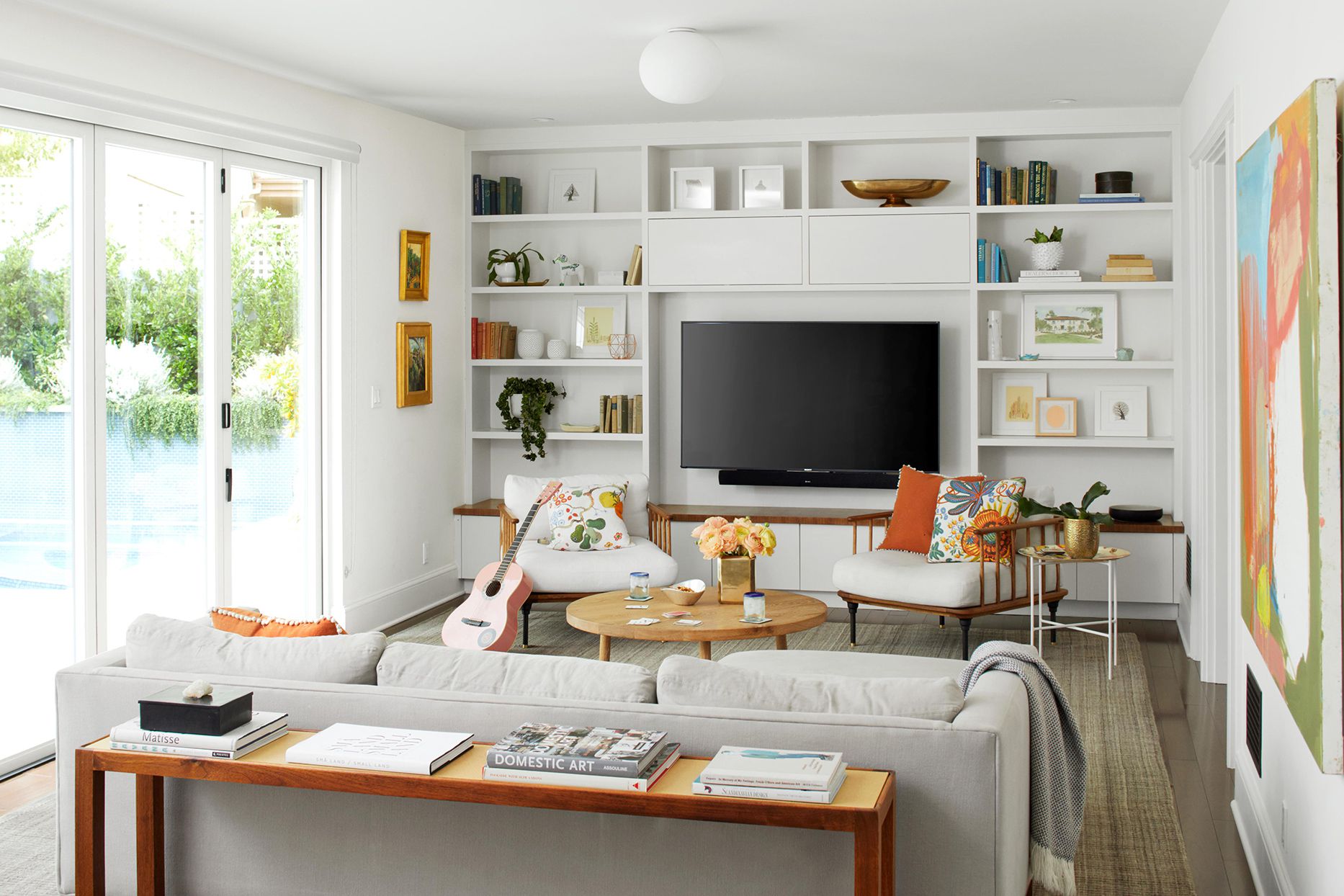
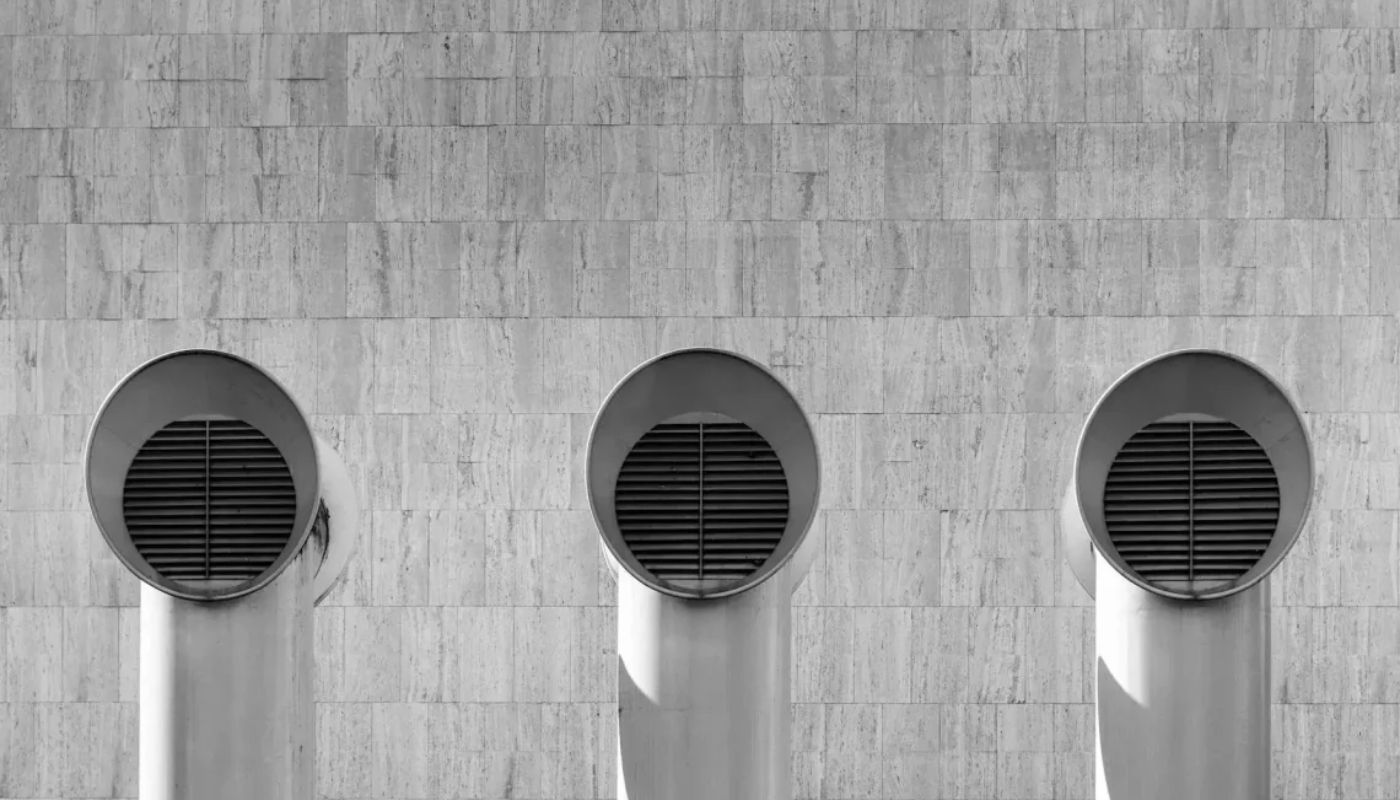
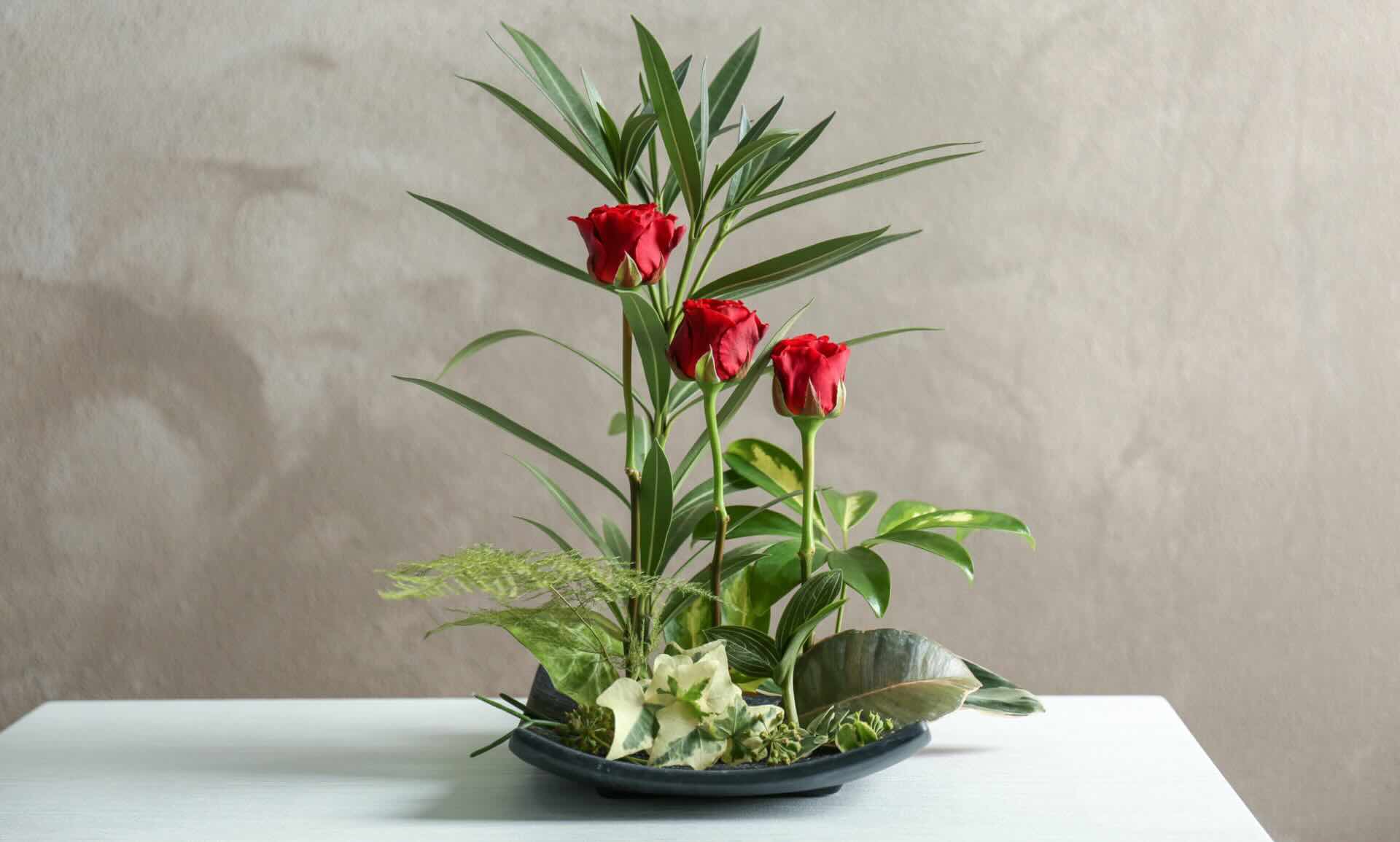

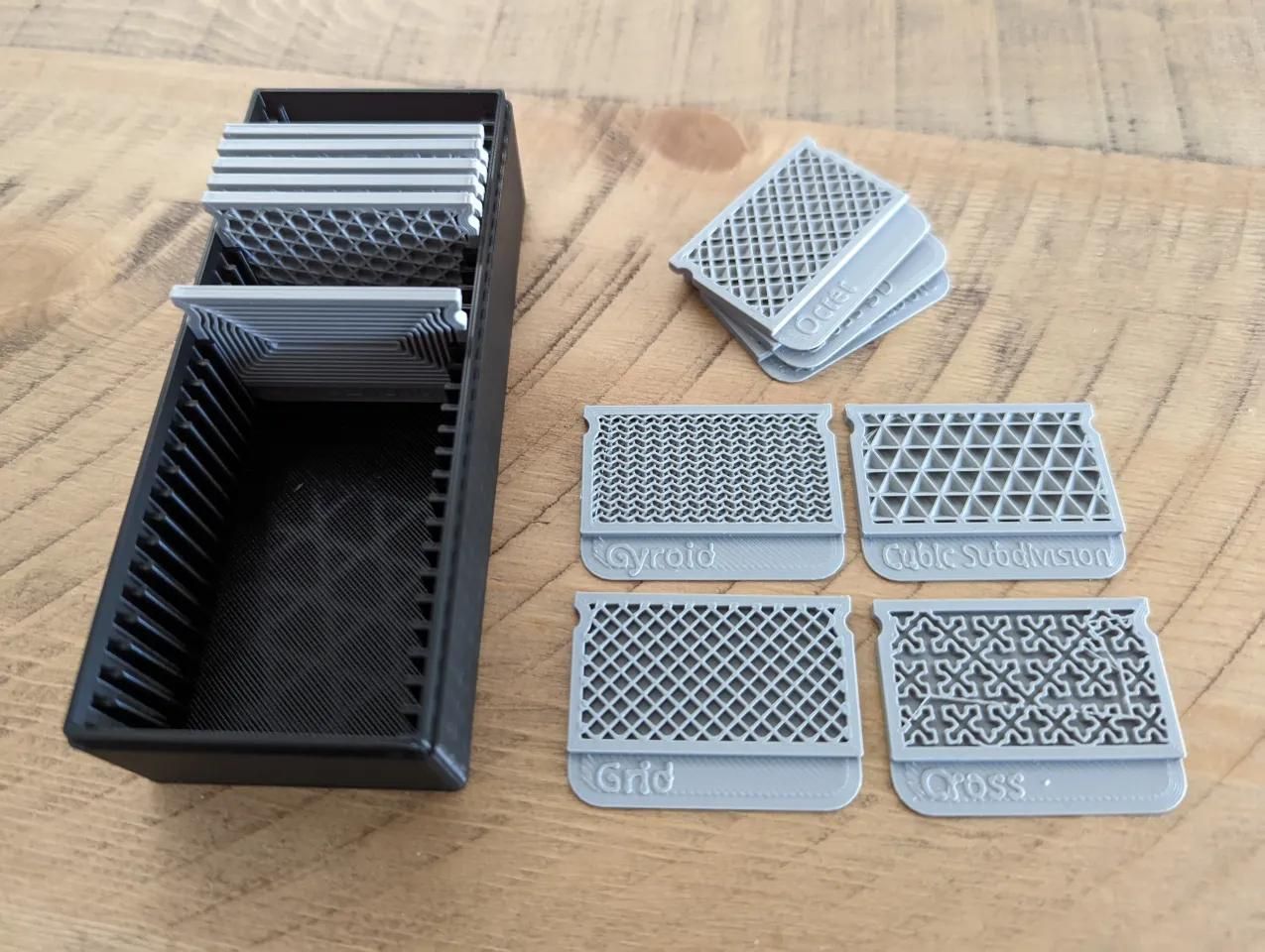
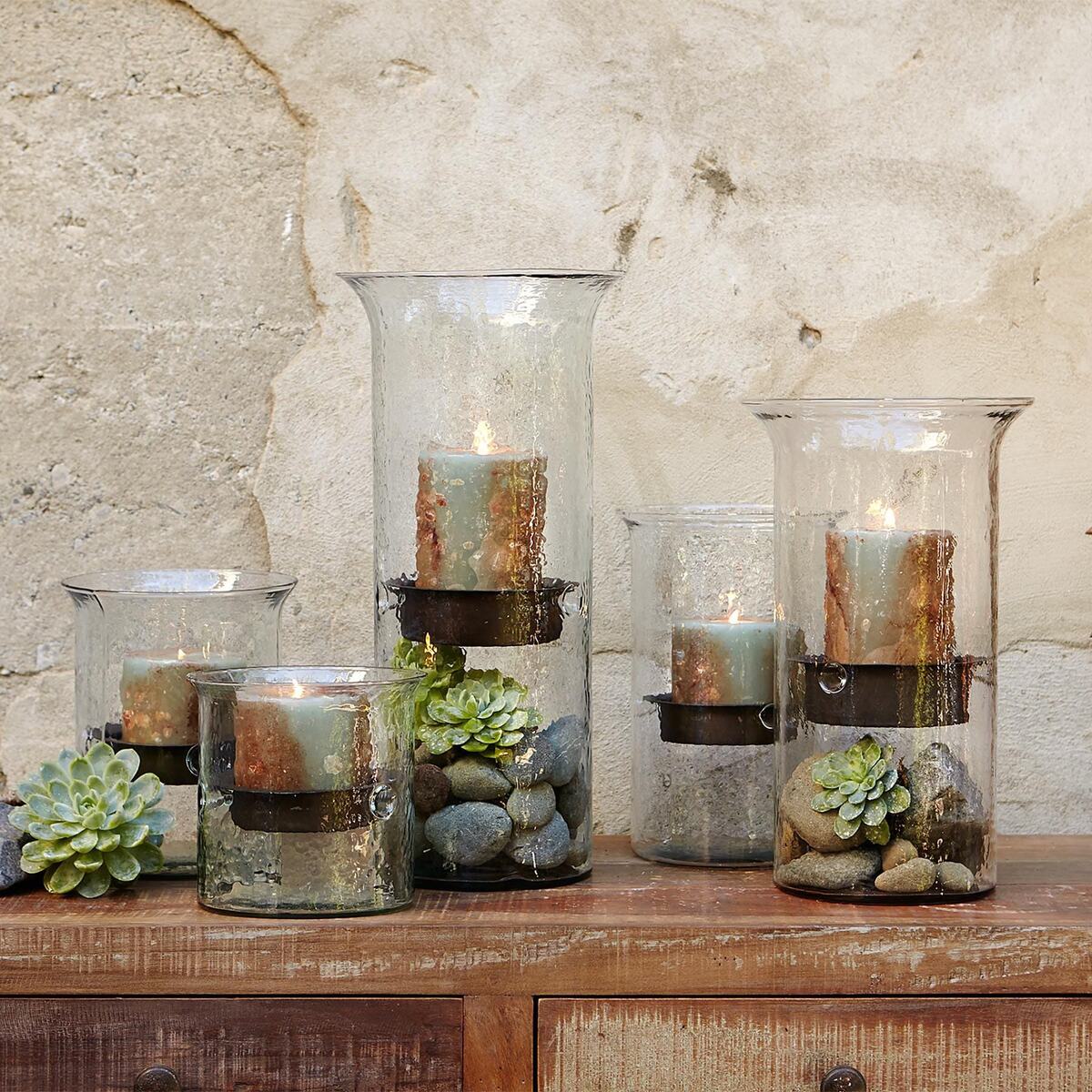
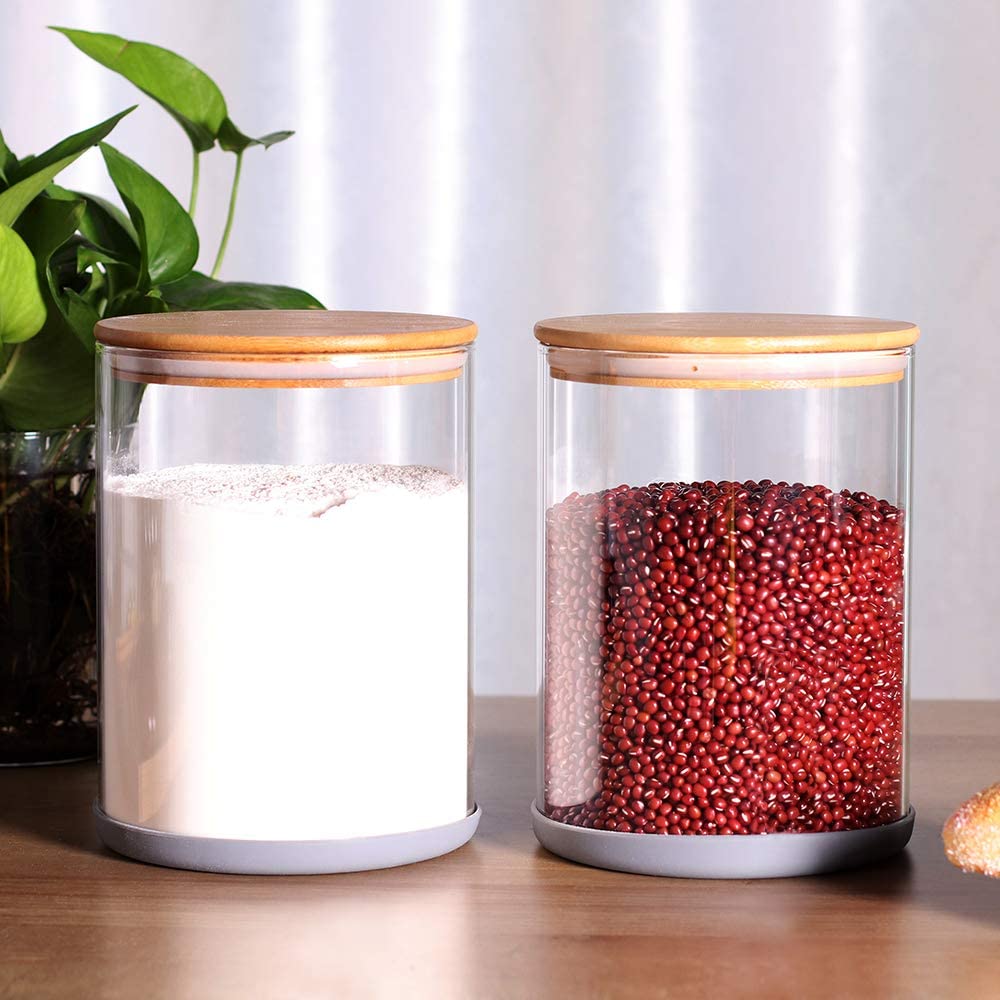
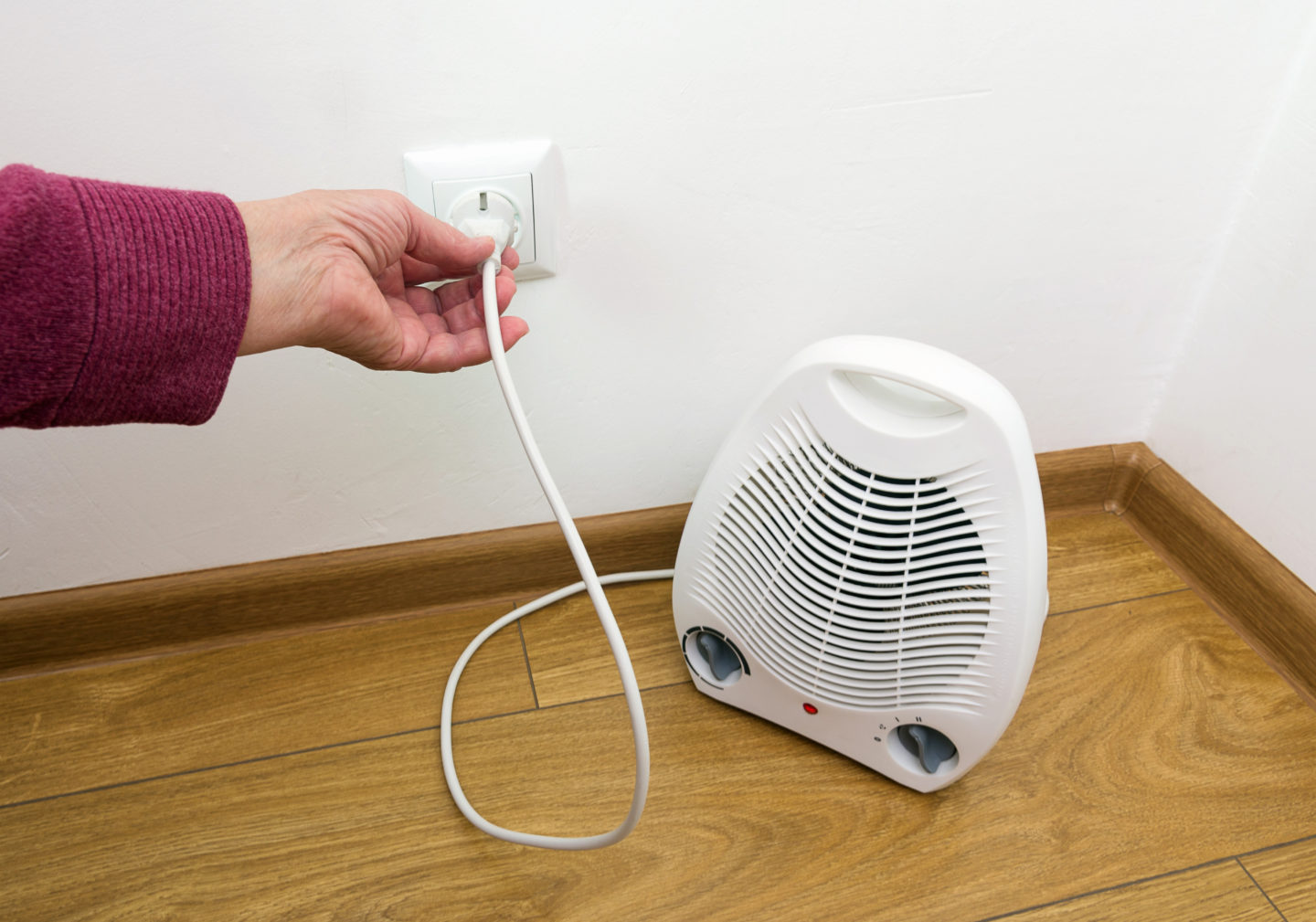
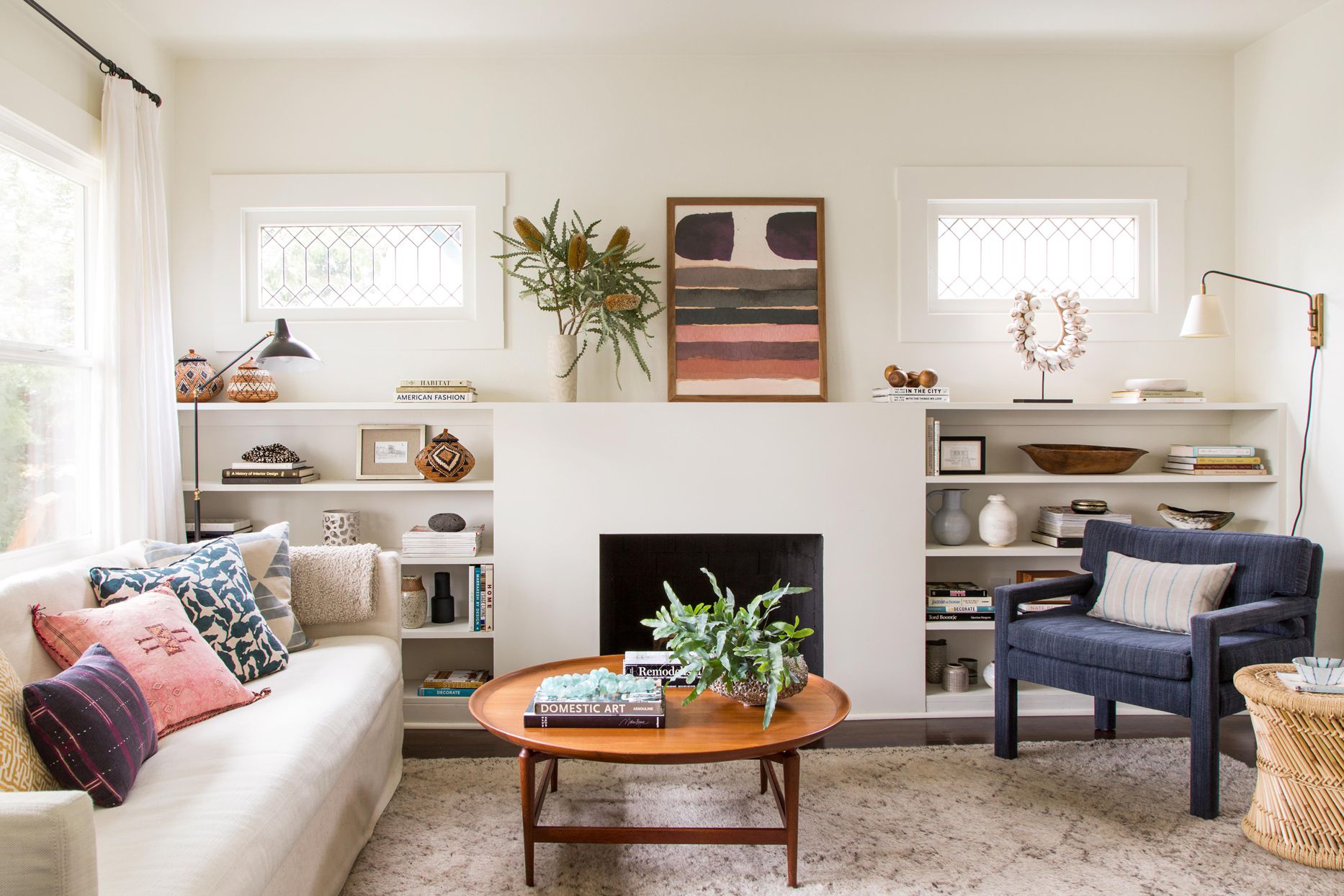

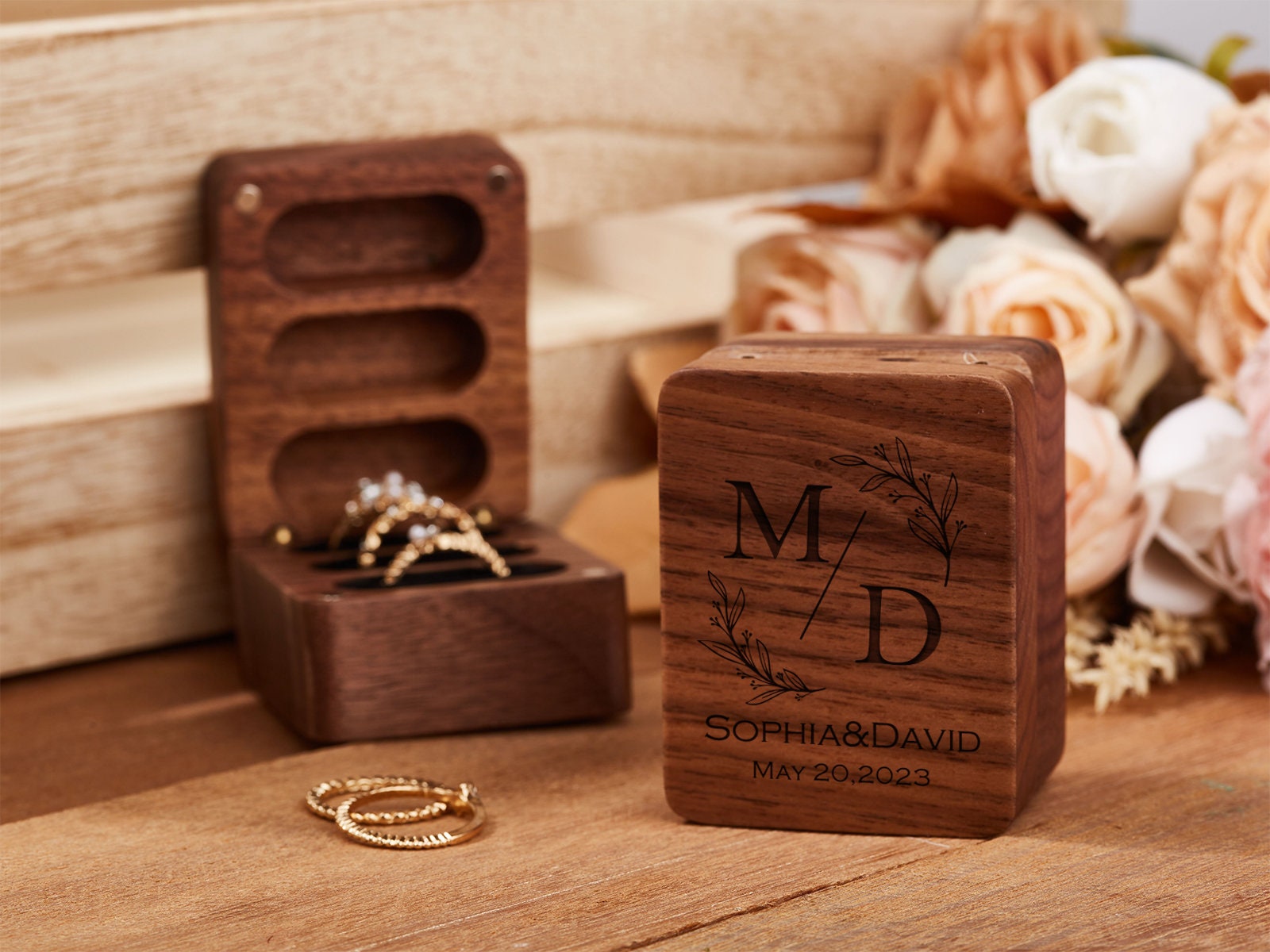

0 thoughts on “Colin King Presents How Beautifully Arranged Objects Can Enrich Our Spaces”